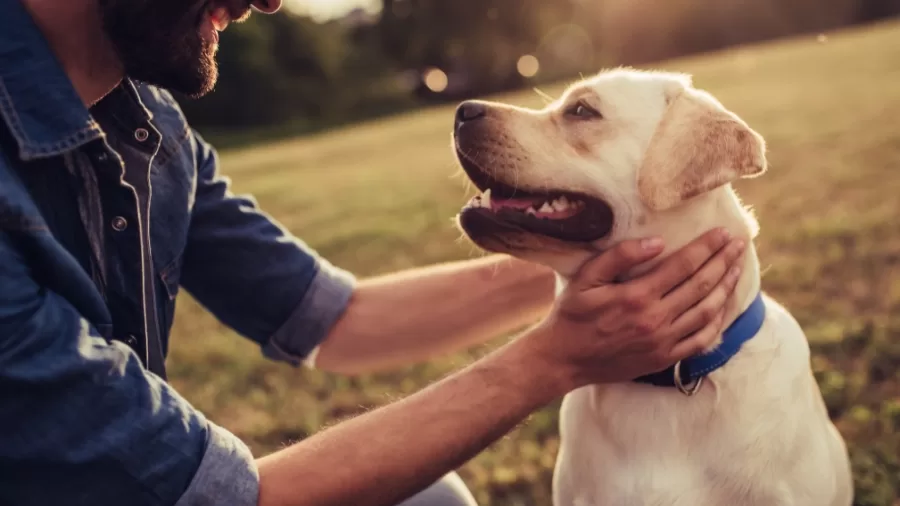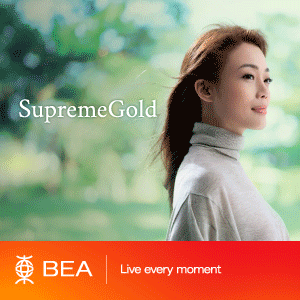Marketing
Unleashing Brand Potential: The Rise of Pet Influencer Marketing

- Pet influencer marketing fosters engagement and boosts sales by connecting brands with passionate pet owners through authentic and emotional content.
- Choosing the right pet influencer who aligns with your audience, brand values, and content style is key to achieving success.
- Industries like pet food, health, and accessories can tap into targeted, loyal communities by collaborating with pet influencers.
In recent years, pet influencer marketing has become one of the most surprising and impactful trends in the digital world. Brands from various industries are increasingly recognising the power of partnering with pets—whether it’s a playful cat or an adorable dog—to connect with audiences and promote products in a fun, relatable way. So, what makes pet influencer marketing so effective? Let’s delve into the primary motivators behind companies’ adoption of this furry trend and their success in this expanding market.
The Rise of Pet Influencers
Pet influencers are social media stars with significant followings, sharing captivating, heartwarming, and often humorous glimpses into their daily lives. Whether showcasing moments of play, naps, or their favourite treats, these pet influencers attract a dedicated audience. This growing trend offers marketers a unique opportunity to connect with a passionate community of pet lovers who treat their animals as family.
A Pew Research Centre study found that 97% of Americans consider their pets part of the family, with 51% viewing them as equally important as human family members. This deep bond between pets and their owners translates into significant spending, with the American Pet Products Association forecasting a $147 billion pet market in 2023, growing steadily through 2030. As this market expands, many brands are leveraging pet influencers to reach new audiences and drive sales, tapping into the emotional connection pet owners have with their beloved companions.
Why Does Pet Influencer Marketing Work?
What makes pet influencer marketing so effective in capturing the attention of today’s consumers? Here are the key reasons for its success:
1. Universal Appeal
Everyone loves pets. Whether it’s a humorous cat meme or a dog video, pets are universally adored. Their charm, entertainment value, and lack of controversy make them simple to love. This is why hashtags like #DogsofInsta have millions of posts, and pet influencers boast massive followings. The simple joy pets bring makes them relatable to a wide audience.
2. Emotional Connection
Pets evoke strong emotional responses, which are a powerful tool for brands. A video of a dog catching a Frisbee or a cat in a charming outfit taps into feelings of joy, happiness, and contentment. Research shows that pets also have positive effects on mental health, reducing stress and providing comforting companionship. This emotional connection helps brands build stronger, more loyal relationships with their customers.
3. Higher Engagement and Trust
Pet posts consistently generate higher engagement rates than standard content. By creating unique and shareable content with pet influencers, brands can reach large, engaged audiences. Moreover, consumers tend to trust influencers more than traditional advertising. They are increasingly sceptical of direct brand messaging or celebrity endorsements. Studies show that most people prefer influencer-generated content over branded content, making pet influencers a powerful way to engage potential customers.
Key Features of a Successful Pet Influencer Campaign
To run a successful pet influencer campaign, brands need to approach the process with clear objectives and well-thought-out strategies. Here’s how to ensure a successful collaboration:
1. Set Clear Objectives and KPIs
Before reaching out to pet influencers, establish a clear goal for your campaign—whether it’s increasing your audience by a certain percentage or driving sales. Identifying key performance indicators (KPIs) and defining your target audience are crucial for measuring the campaign’s success and ensuring that your efforts are on track.
2. Choosing the Right Influencers
Selecting the right pet influencer is one of the most important steps. Brands often turn to influencer marketing agencies or platforms to find the best fit. Consider the influencer’s audience, the pet’s breed, and personality. For example, a brand promoting a puppy training program would benefit from partnering with a playful, energetic puppy influencer rather than an older, more reserved dog. Additionally, ensure the influencer’s content style aligns with your brand’s values, as authenticity plays a key role in driving engagement.
3. Assess Compatibility with Brand Values
Influencers should reflect the values and vision of your brand. For example, a brand that focuses on natural pet food might seek out influencers who prioritise pet nutrition and wellness. It’s important to evaluate the authenticity of the content they produce, as overly staged posts can harm credibility. Additionally, consider whether the influencer is local or has a global reach, especially if you’re promoting a physical store or localised service.
Brands That Can Collaborate with Pet Influencers
While pet influencers are commonly associated with pet-related products, several lifestyle brands have also jumped on the trend. Here are some examples of brands that can benefit from collaborating with pet influencers:
1. Pet Food and Treat Companies
Pet food brands, particularly those offering natural or speciality options, often collaborate with pet influencers to promote their products. From organic cat food to gourmet dog treats, influencers can showcase the benefits of these products to their dedicated audiences.
2. Pet Health and Wellness Brands
With an increasing focus on pet wellness, companies offering health-related products such as supplements, paw balms, or specially formulated snacks can tap into the pet influencer market. Some influencers have even launched their own lines of pet care products, providing an additional layer of authenticity to the collaboration.
3. Pet Accessory Brands
Pet accessory brands, including those offering costumes, personalised leashes, and unique food bowls, can benefit from influencer partnerships. Pet owners often enjoy splurging on their pets, and influencer campaigns help these brands effectively engage their target audience, driving both interest and sales.
Final Thoughts
Pet influencer marketing is not just a trend—it’s a robust and effective strategy for marketers to create meaningful emotional connections, engage dedicated followers, and promote products in a fun and relatable way. By harnessing the growing influence of pet personalities, brands can craft compelling campaigns that resonate with large audiences while driving real commercial success. With the right approach, pet influencers can help brands stand out and thrive in the competitive digital landscape.



















































